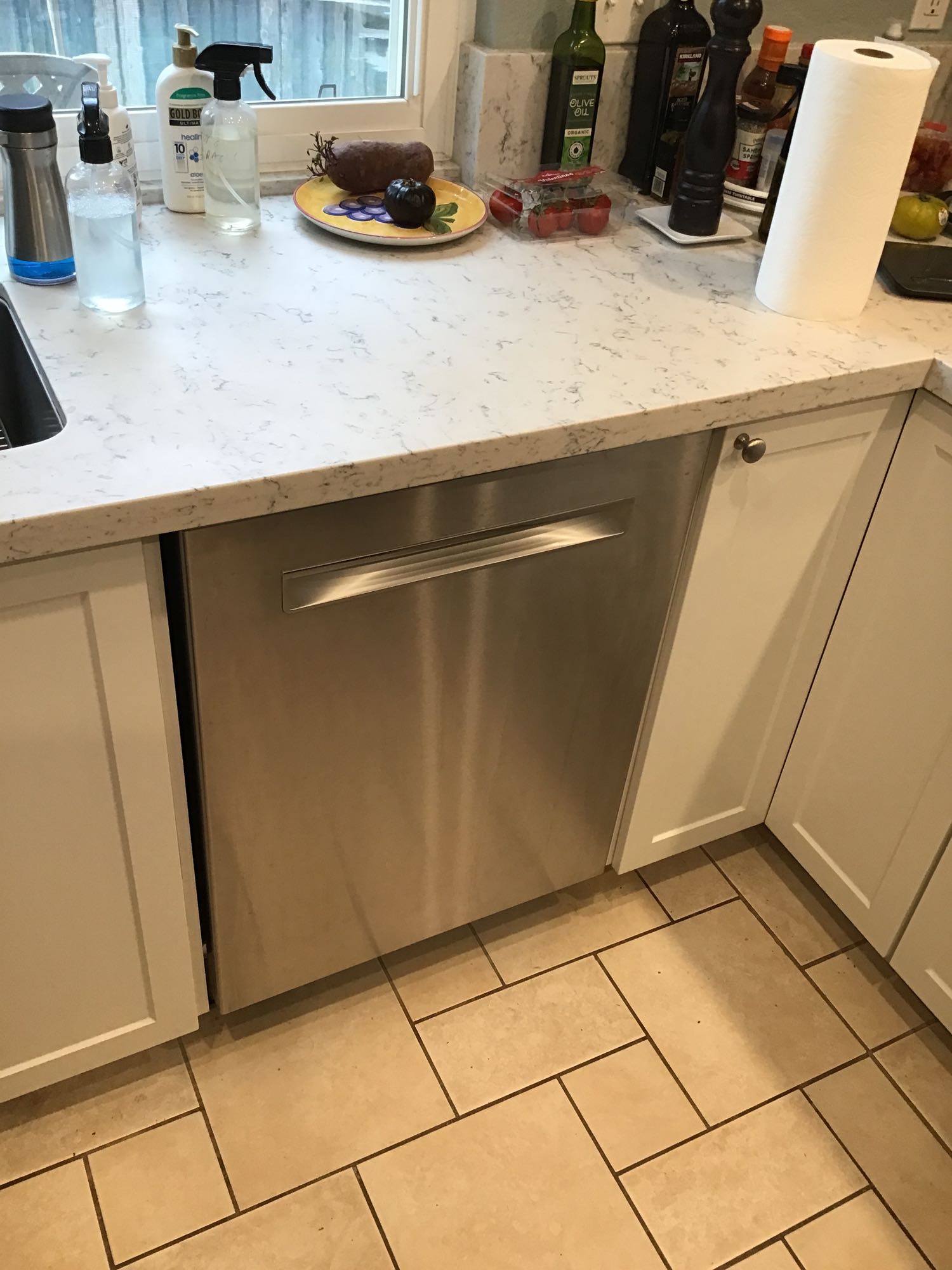Opening your dishwasher after a cycle only to find a chalky white residue at the bottom can be frustrating. It not only looks unclean, but it may also signal deeper maintenance issues that affect the performance and lifespan of your appliance. Understanding the root causes of white build-up and learning how to effectively remove it is key to keeping your dishwasher running efficiently.
What Is the White Residue?
The white residue you see is typically a mineral deposit, most commonly from hard water. Hard water contains high levels of calcium and magnesium, which can accumulate in the form of limescale over time, especially in areas with poor water softening systems. When the water dries at the end of the wash cycle, these minerals remain behind, forming a white film or crusty build-up.
In some cases, it might also be leftover detergent, particularly if too much is used or if the detergent isn’t dissolving properly. A combination of both detergent and minerals can also result in a thick, sticky film that settles in hard-to-reach places like the filter, spray arms, and door seals.
Causes of White Residue in the Dishwasher
- Hard Water: This is the number one culprit. Without a water softener, the minerals in hard water are left to build up in the machine after repeated cycles.
- Overuse of Detergent: More detergent doesn’t equal cleaner dishes. Excess detergent can combine with hard water minerals to form residue.
- Low Water Temperature: Water that isn’t hot enough may not dissolve detergent properly, leaving undissolved granules behind.
- Improper Loading: Blocking spray arms or overloading the dishwasher can reduce water circulation, causing detergent and minerals to settle rather than wash away.
- Clogged Filter or Spray Arms: If food particles or minerals clog these components, it hampers water flow and cleaning efficiency, allowing residues to form.
How to Get Rid of the White Build-Up
- Run a Vinegar Wash
Place a cup of white vinegar in a dishwasher-safe container on the top rack and run a hot water cycle. Vinegar helps dissolve mineral deposits and acts as a mild disinfectant. - Use Baking Soda
After the vinegar cycle, sprinkle a cup of baking soda across the bottom of the dishwasher and run a short hot cycle. Baking soda helps neutralize odors and further cleans the interior. - Clean the Filter
Remove and clean the dishwasher filter under warm running water using a soft brush. This prevents trapped food particles from worsening the residue problem. - Unclog Spray Arms
Use a toothpick or small brush to remove any build-up inside the holes of the spray arms. Make sure water can circulate freely during cycles. - Use a Commercial Dishwasher Cleaner
If home remedies don’t fully resolve the issue, use a cleaner specifically designed to remove limescale and build-up. Run it through a cycle as directed. - Switch to a Different Detergent
Consider using a detergent formulated for hard water or switch to pods that are pre-measured and less prone to overuse. - Install a Water Softener
If you live in a hard water area, this is the most effective long-term solution. A softener system reduces mineral levels before water enters your dishwasher.
How to Prevent White Residue in the Future
- Use Rinse Aid: This helps water sheet off dishes and reduces spotting and filming.
- Run Hot Water Before Starting a Cycle: Let the hot water tap run for a few seconds to ensure the dishwasher starts with hot water.
- Descale Regularly: Even if you don’t see build-up yet, running a monthly cleaning cycle with vinegar or commercial cleaners can prevent issues.
- Check for Clogs Often: Make a habit of cleaning the filter and spray arms once a month.
When to Call a Professional
If you’ve tried these solutions and the problem persists, it may indicate a more serious issue like a failing heating element (leading to poor water temperature), faulty detergent dispenser, or scale buildup inside internal components. In these cases, professional service is the best course of action.
Don’t let stubborn residue damage your dishwasher or compromise the cleanliness of your dishes.
Contact the experts at Home Appliance Service Center for a thorough inspection, deep cleaning, or repair. Our technicians are trained to handle all makes and models and can help restore your dishwasher’s performance quickly and affordably.
Contact us
 619-928-5000
619-928-5000  Request Service
Request Service 
